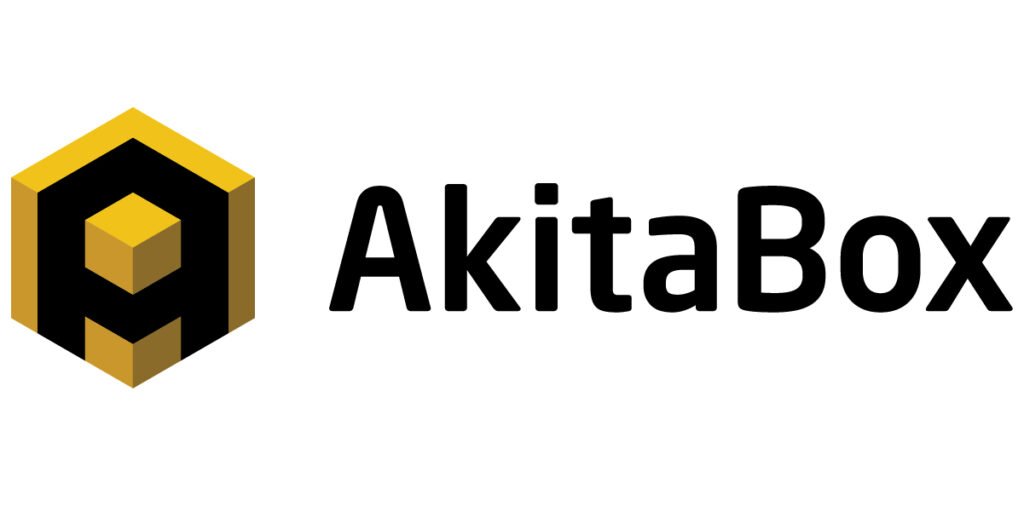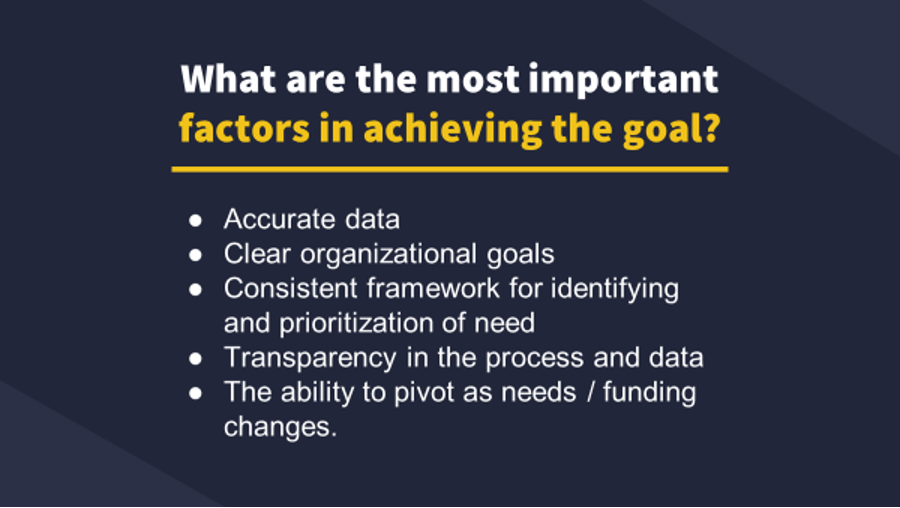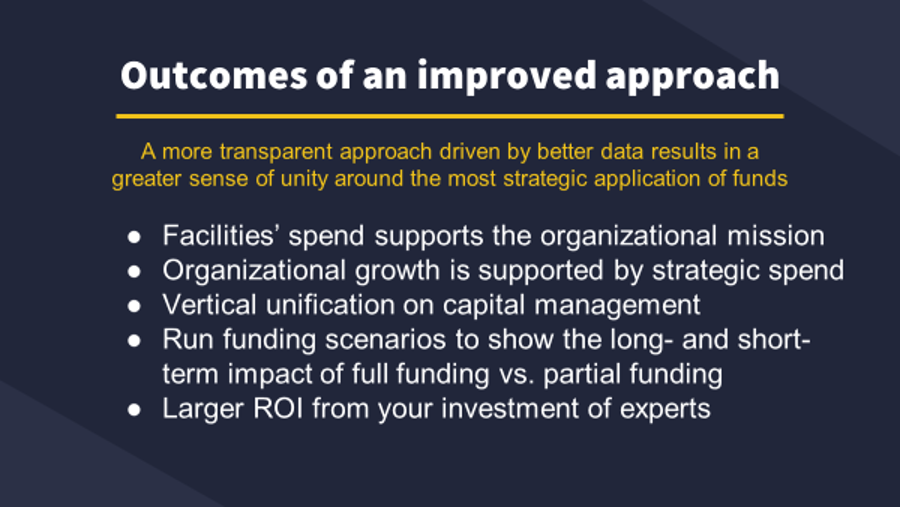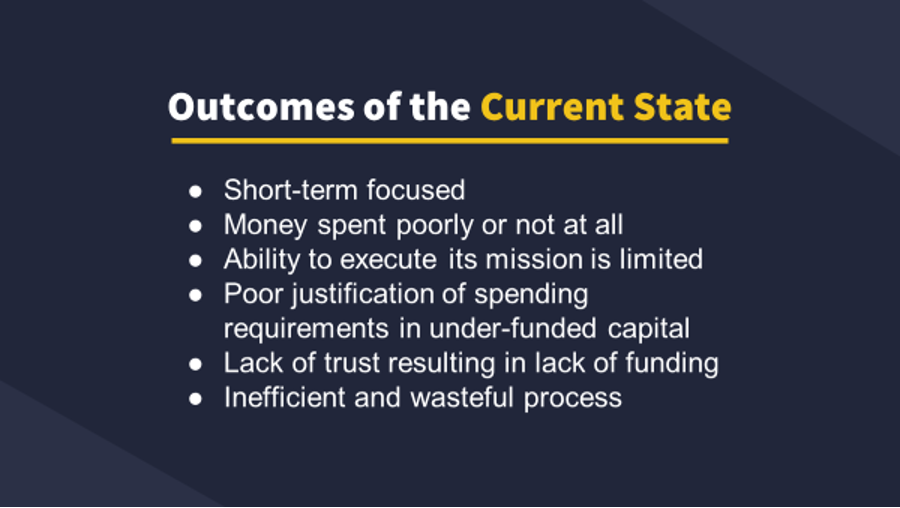Data for all! In one place and always current. A Facility Condition Assessment can capture assets digitally for data-driven capital planning
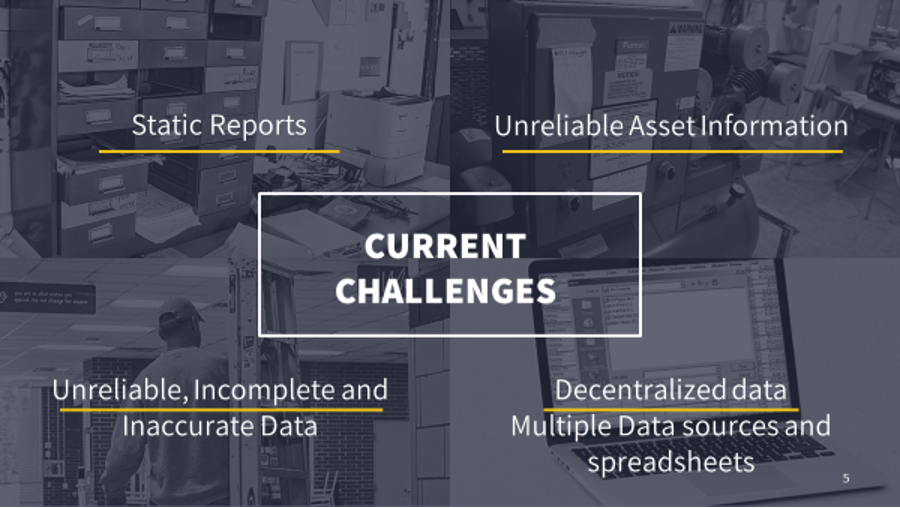
Traditionally, Facility Condition Assessments (FCA) of buildings were performed by A/E firms every five to seven years. That’s no longer acceptable. Contemporaneous data on buildings is in demand as property owners want to know how their real estate is performing or serving the needs of the business.
New software enables the availability of up to the minute data to be accessible to the facility and building management team and all the technicians who service building equipment. Eileen McMorrow, editor-in-chief, The McMorrow Reports and FMLink, learns how data is obtained and managed continuously in a discussion with Josh Lowe, co-founder and chief solutions officer of AkitaBox.

Josh, discuss the shortcomings of traditional capital planning and budgeting methods without the complete, accurate data that a facility condition assessment (FCA) provides.
Lowe: We need to use the data to keep the building running, to defend it, to have transparency with the data and to get approval on how to spend the budget. We need real data and a proper FCA to defend how the budget will be spent. Businesses can get into trouble because it can be too expensive to maintain the building(s). The FCA gives better data than traditional planning that quickly can go out of date.
How can or should FCA software combat the shortcomings you just described?
Lowe: Typically, an FCA was done within Excel, and we had to trust the data from up to five years ago. Static reports equal unreliable asset information. We now expect data sustainability where the data can be real-time, valuable and ongoing.
What is the importance of facility condition assessment data for capital planning?
Lowe: The overarching goal is to create a facility spending plan that enables an organization to accomplish its mission. Capital planning that is accurate is a desired result. Accuracy and dependability of the data is key: The more comprehensive and accurate your FCA data is, the more accurate the resulting capital plan will be.
How does an FCA help with that?
Lowe: The FCA allows building owners to identify equipment that is at risk of failure. It’s not just the risk of failure, but the timeframe for failure and the costs associated with repairing vs. replacement. It allows the facility manager to ask, ‘What is at risk of failure?’ The FCA identifies things and develops a plan of action if paired with a five-year spending plan. If it’s in bad condition, you can devise a continuous management plan and capital planning to manage it to the end of its lifecycle or to replace it sooner.
The FCA considers the organization’s goals. It may be OK if it fails temporarily, and it may require a quick repair that does not present risk to the organization as it will not be out of service for very long. For example, a hospital generator that is supporting the OR is an immense risk and that never can fail. Such a generator can be removed earlier, and it can be repurposed for a different type of facility with low risk. But for a medical operating environment, it has reached the end of service.
Expand on the concept of a living FCA, where software makes it possible to provide better data for capital planning vs. static/cyclical FCAs.
Lowe: A conditions assessment usually gets down to an Excel report (that offers) static data. Depending on the company, some people do the FCA with an iPad and camera; someone else takes notes on paper with a clipboard and then someone else prepares the report.
The new FCA software will help in preparing always accurate reports; the data needs to be sustainable, transparent and defensible. We can show pictures and add new pictures that document changes to a piece of equipment. At AkitaBox, we stress transparency and defensibility of the data.
We can drill down in the dashboard when we see a problem “spike.” The data is right there, and it will show you the spike that caused the problem. FCA software should work seamlessly with an organization’s facility management software in one system. This brings all your facilities data into one place for easy access.
If speedy delivery of FCA data is the goal, how is fully digitized asset capture and data-driven reporting generated?
Lowe: AkitaBox delivers better reporting for clients and generates more revenue for an FCA consulting firm. We must design the software to be as interactive as users wish it to be. Once it is done, it has to live in the pocket of the person turning the wrench who has to interact with the software as a work tool.
For most clients, capital planning and budgeting are siloed in organizations for years. Good tools did not exist to capture granular data associated with costs. However, maybe an FM spends more for a reason based on a budget of $1 million vs. $900,000. They might spend the maximum of the budget to preserve the same allocation the following year.
When assessments are conducted every five years, they do not allow for tweaking a condition assessment based on what needs to be fixed or repaired. With FCA software, the assessing, planning is ongoing.
What causes organizations to adjust their capital plan on an annual basis?
Lowe: Many factors, lately supply chain, economy, workforce availability, how properties are used, severe weather impact, etc. With the living FCA, leadership can rely on real-time, accurate facility data for capital planning between those traditional FCA cycles/when they need it.
Sometimes clients lose their buildings to fire, and of course, they are all insured. However, clients have been able to get insurance money faster due to the FCA data, since they could provide all the up-to-date information quickly to the insurer’s agents.
Watch for Part 2 of this interview with Josh Lowe, How Facility Condition Assessment data contributes to overall lifecycle management of equipment, and ultimately, the building or campus, where he details how new software enables the availability of up to the minute data to be accessible to the facility and building management team and all the technicians who service building equipment.

